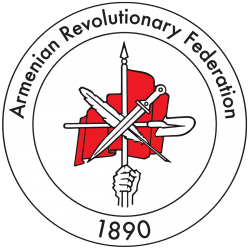Nikoghayos Ter Hovhannisian - Nikol Douman
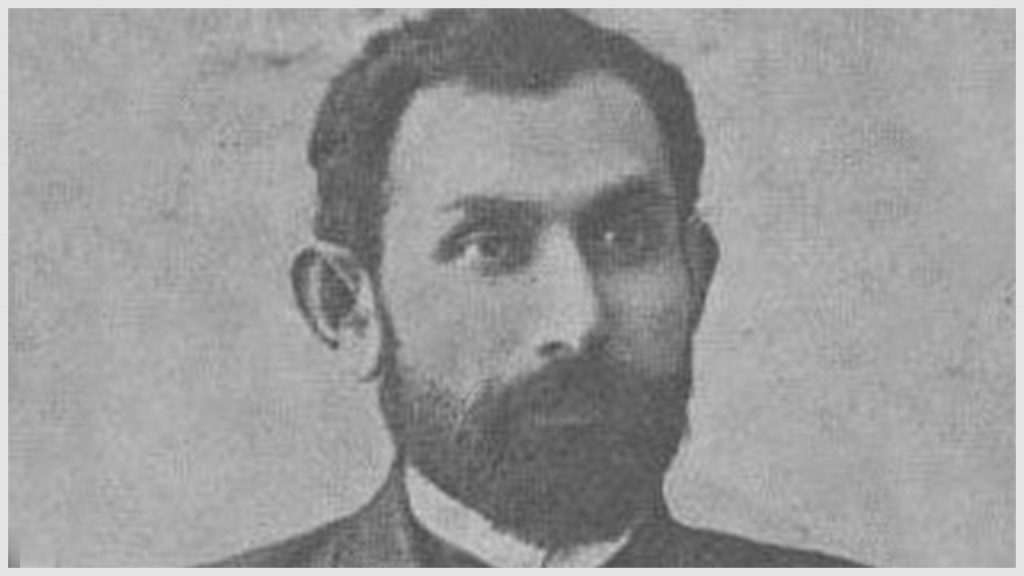
Born in Ghshlagh, in Karabagh, Douman received his education at the diocesan school of Shoushi.
From 1891 to 1894, he pursued organizational activities and taught in the Armenian schools of Tabriz and Salmast.
From 1894 onward, he moved between Salmast and Vaspourakan, engaging Turkish troops and Kurdish armed bands in battles that have remained famous, including those of Derik, Sara, and Boghaz-Kyasan, after which the Kurds conferred upon him the nickname “Douman” (storm).
Both a fighter and a strategist, Nikol Douman was one of the principal organizers of the Expedition of Khanasor in 1897.
He then settled in Baku, where he was mainly involved in training young Dashnaktsakans in underground and military activities.
In 1904 he tried in vain to reach the insurgents of Sasoun to reinforce their ranks, but his armed band was dispersed after violent border clashes.
During the fighting between Armenians and Tatars (Azeris) in 1905, Nikol Douman was appointed commander-in-chief of operations in Yerevan province and the Ararat Plain.
In 1907, he wrote the manual Nakhagitz Zhoghovrdakan Inknapashtpanoutian (Outline for Popular Self-Defense).
Then, as the commanding officer of a group of 100 men, he successfully secured the defense of Tabriz during the Persian Constitutional Revolution. In 1910, he took part in the International Socialist Congress held in Copenhagen.
In September 1914, his health hopelessly deteriorating, and unable to join his comrades in battle, Nikol Douman took his own life. He was 47 years old.
Haroutiun Shahrigian - Nitra, Adom
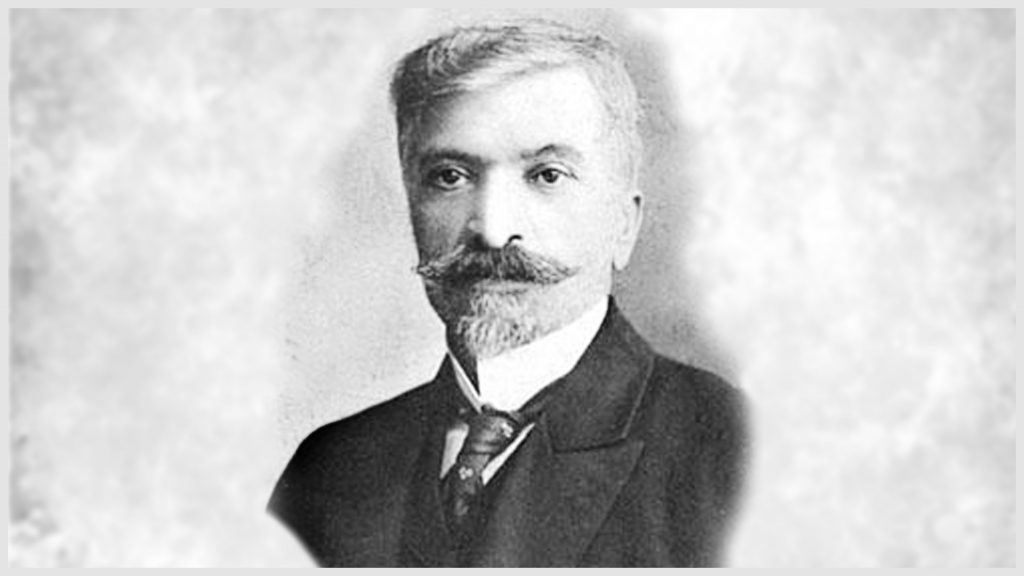
Born in Shabin-Karahisar, Shahrigian graduated from Galatasaray College (high school) in Constantinople and then from the Faculty of Law of the University of Constantinople. He joined the Dashnaktsoutiun, eventually becoming a member of the ARF Bureau.
Shahrigian served as a lawyer in Trebizond from 1889 to 1895 and was often called upon to defend Armenian political prisoners. At the same time, Shahrigian engaged in various ARF and civic activities.
Himself arrested by Ottoman authorities during the 1895–96 massacres, Shahrigian managed to escape and crossed over into Transcaucasia. In 1897, on behalf of the ARF Bureau, he settled the internal squabbles in the Dashnaktsakan organization of Iran, in Salmast, and gave approval for launching the Khanasor Expedition.
The Second World Congress elected him to the Eastern Bureau (1898), which he represented in the Potorik Committee (which raised funds from wealthy Armenians for the ARF’s militant activities from 1901 to 1903). During the Armeno-Tatar conflict, from 1905 to 1906, the Bureau dispatched Shahrigian to the northern Caucasus to secure funds for the purchase of ammunition.
In 1908, Shahrigian settled in Constantinople after the proclamation of the Ottoman Constitution. He attempted to convince the government to build railways in the eastern provinces of Turkey (Western Armenia), to no avail. He served as a member of the Armenian National Assembly and wrote articles for Azatamart and other Dashnak publications. He also authored separate works on the Ottoman Empire and Ottoman reforms.
Endowed with a strong, original personality, Shahrigian was a prominent figure in national affairs and in the ARF. He fell victim to the 1915 Genocide. He was 55 years old.
Stepan Zorian - Rostom
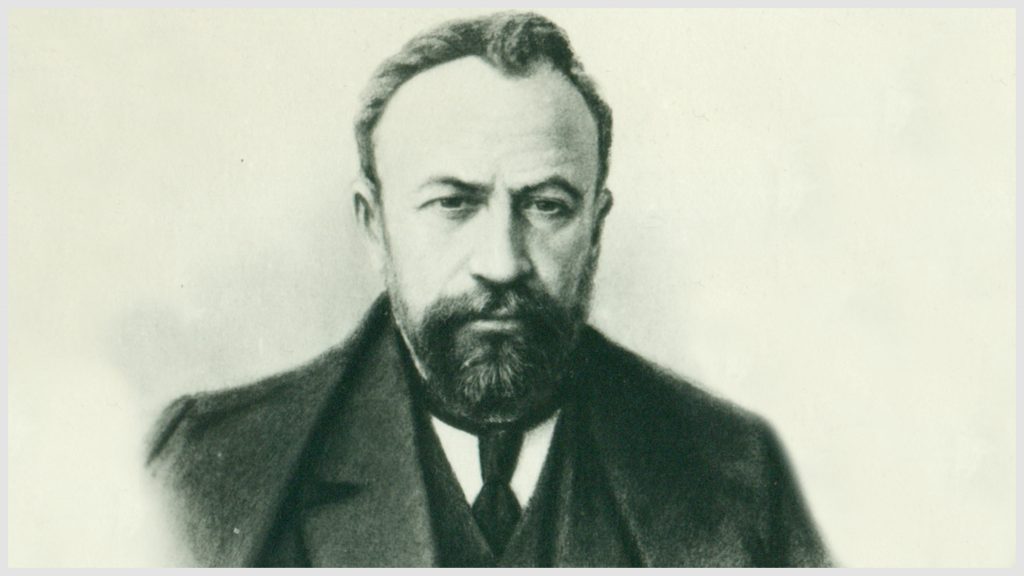
Born in the village of Tsghna, in Goghtn, Nakhijevan, Rostom completed his secondary education in Tiflis, Georgia.
In 1889, he enrolled in the Moscow Institute of Agronomy but was eventually expelled for being a revolutionary. He became a founding member of the Armenian Revolutionary Federation, and from 1891 onward, first in Tiflis then in Tavriz (Tabriz), Persia (Iran), Rostom became one of the most active figures of the Dashnaktsoutiun.
He was present at the First World Congress of the ARF, and with the input of Kristapor Mikayelian and Simon Zavarian he wrote the introduction (on Ideology) of the ARF’s Constitution. He then went to Geneva, where until 1895 he worked on Droshak, the ARF’s central organ.
In 1895, disguised as a samovar salesman, Rostom was in Karin/Garin (Erzurum), where established revolutionary student associations. He was later sent to Iran and the Caucasus on organizational missions. He subsequently returned to Geneva, remaining there until the Second World Congress of the ARF.
From 1898 onward he settled in Philippopolis (Plovdiv), Bulgaria, where he and his wife, Lisa Melik-Shahnazarian, established an Armenian school. While there, he became the architect of collaboration between the ARF and Macedonian revolutionaries.
Rostom returned to the Caucasus in 1902 and played a leading role in anti-Tsarist activities from 1903 to 1904, and in the Armeno- Tatar (Azeri) conflict of 1905–1906, defending Armenians throughout the Transcaucasus from Tatar atrocities.
He went to Persia to establish cooperation with Persian revolutionaries, assisting Iranian constitutional forces in their uprising against the Shah (1905–1907).
In 1907, the presence of Rostom at the Fourth World Congress was a decisive factor in the synthesis of left- and right-wing tendencies in the ARF.
After attending various congresses of the Socialist International, Rostom returned to Garin and remained there until the Eighth World Congress (1914). In 1915, he played a leading role in organizing the Armenian Volunteer Movement and the formation of the volunteer regiments attached to the Russian army. In 1918, Rostom was the central figure in the heroic defense of Baku against Ottoman Turkish forces that were attempting to occupy the oil-rich city.
He contracted either typhus or typhoid fever, and died in Tiflis in January 1919, at the age of 52, without having stepped foot in the newly independent Armenian republic.
Rostom’s thought leadership, implacable will, and relentless organizational activity left an indelible mark on the ARF and its mode of operation.
https://www.youtube.com/watch?v=6oL12_x9YeE
Simon Zavarian - Andon
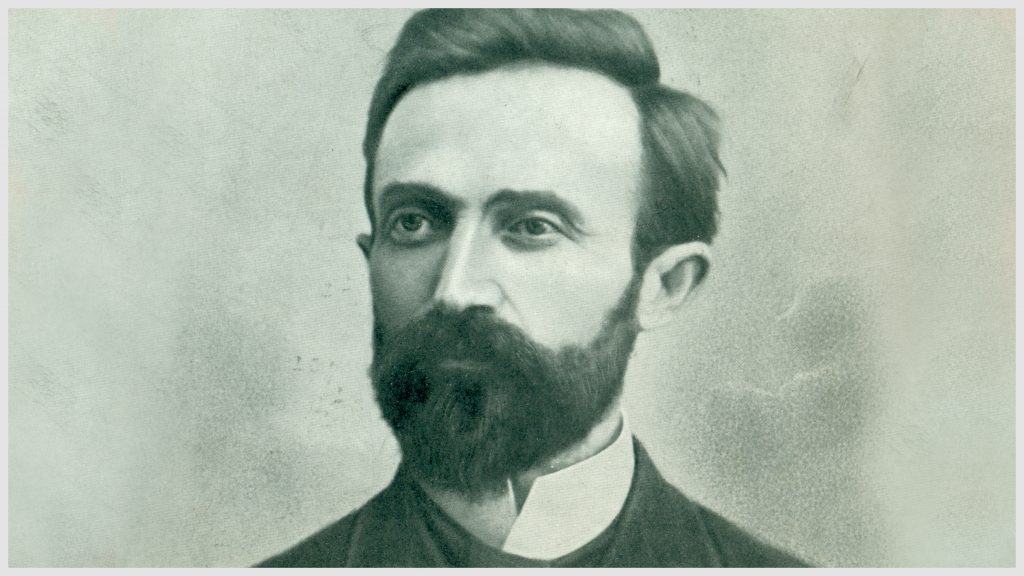
Born in the village of Aygehat, in Lori, Armenia, Simon Zavarian completed his secondary schooling in Tiflis and continued his education at the Moscow Agricultural Institute, from which he graduated in 1899. He returned to Tiflis, where he worked closely with Kristapor Mikayelian to establish the Federation of Armenian Revolutionaries in 1890.
He went to Trebizond in October of the same year to assume the post of school principal. He was soon arrested as a revolutionary and returned to the Caucasus, then exiled to Bessarabia by the Russian authorities.
He returned in 1892 and took part in the First World Congress of the ARF, fervently upholding the principle of organizational decentralization. Zavarian drafted the bylaws of the Party with Kristapor and Rostom, and remained a member of the ARF Bureau until his death.
He remained in the Caucasus as a member and the secretary of the ARF Bureau until 1902, when he left for Geneva. There, in the absence of Kristapor, Zavarian coordinated the operations of the Western Bureau of the ARF. He was elected a member of the ARF Responsible Body of Cilicia at the Third World Congress (1904).
Traveling extensively while serving as a state agronomist, he was able to take advantage of his position to conduct research for the ARF. He toured the region of Cilicia with Vardan of Khanasor, and later visited Trebizond, Romania, Geneva, Cyprus, Lebanon, Syria, and Egypt on organizing missions. In 1905, he founded an ARF Student Organization in Beirut. At the Fourth World Congress (1907), he submitted a detailed report on the situation of Armenians in Cilicia and the possibilities for insurrection in the region.
After the Ottoman Constitution was proclaimed in 1908, Zavarian spent two years in Moush and Sasoun, where he held various teaching positions.
He took part in the Fifth (1909) and Sixth (1911) World Congresses of the ARF and settled in Constantinople in the summer of 1911. A member of the Western Bureau, he again taught and also contributed to Azatamart (Battle for Liberation), the official newspaper of the ARF in Constantinople from 1908 to 1915.
Zavarian died suddenly in Constantinople of what is thought to have been a heart attack, while on his way to the Azatamart publishing house. He was 47 years old.
He was given a national funeral unprecedented in scope, with thousands in attendance. His body was taken to Tiflis to be buried.
Zavarian is considered the personification of the revolutionary and moral consciousness of the Dashnaktsoutiun.
https://www.youtube.com/watch?v=1hIxnrrDOMA
Kristapor Mikaelian - Elen, Topal, Eduard
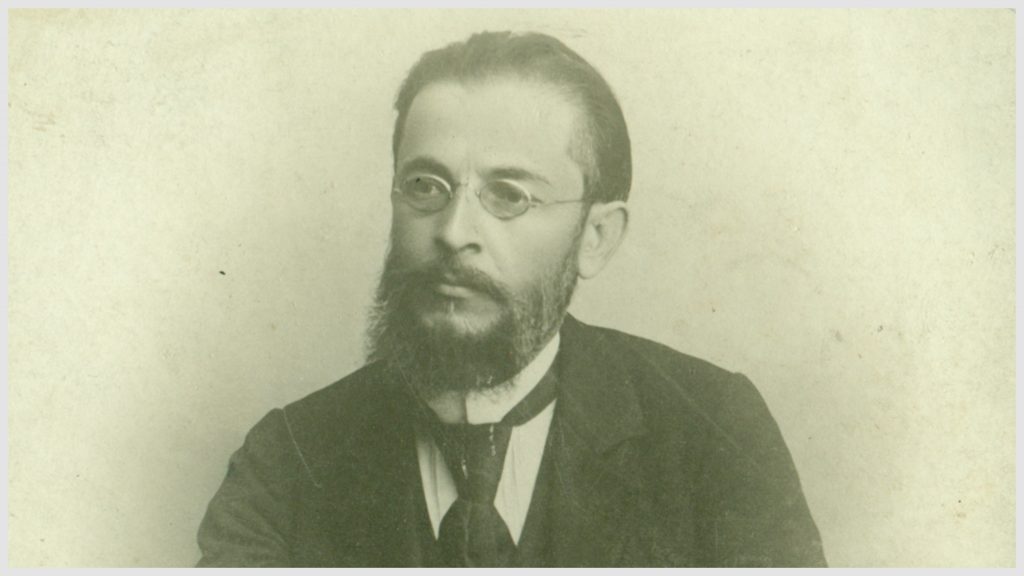
Born in the village of Verin Agoulis, in the Goghtn region, southern Nakhijevan, Kristapor Mikayelian graduated from the Normal School (teacher’s school) in Tiflis (Tbilisi). He then attended Moscow Agricultural Institute, where he met Simon Zavarian and became involved in Russian revolutionary groups.
Interrupting his studies, in 1887, he returned to Tiflis, where he began an active campaign of organizing and training laborers and Western Armenian immigrants. He taught them to read and write, he instructed them in the use of arms, also imparting revolutionary
ideology.
In Tiflis, he established the Yeritasard Hayastan (Young Armenia) organization in an effort to provide support to and unite various Armenian activist groups.
Kristapor became the prime mover in the unification of Armenian revolutionary groups into a “Federation of Armenian Revolutionaries” in 1890. It soon thereafter coalesced into an organization in and of itself: Armenian Revolutionary Federation (Hay Heghapokhakan Dashnaktsoutiun). He was to remain a member of its Bureau, the highest executive body, for the remainder of his life.
Accused of being a revolutionary, Kristapor was arrested in spring 1891 by the Russian authorities and exiled to Bessarabia (now in Moldova and Ukraine), where, with Simon Zavarian, who was also in exile, he published the first issues of Droshak (Banner, or Flag), which was to become the central organ of the party.
For the next several years he operated in the Transcaucasus, eventually moving to Galatz (Galati), Romania, where he published the third issue of the Droshak newspaper. He served as its editor for many years, based in Geneva from 1898 onward, and also directed the political relations and propaganda efforts of the party. He also published the bi-monthly Pro Armenia with the cooperation of the French intellectual and political elite.
Kristapor conceived and headed the Potorik (Tempest) operation to raise funds for the party from wealthy Armenians, if necessary through coercive methods.
In 1904, Kristapor assumed leadership of the ARF’s plot to assassinate the “Bloody Sultan,” Abdul Hamid II. He was killed in 1905, the victim of an explosion while testing handheld bombs on Mt. Vitosh (Vitosha), near Sofia, Bulgaria. He was 46 years old.
https://www.youtube.com/watch?v=Fg-aH6-BaNc
